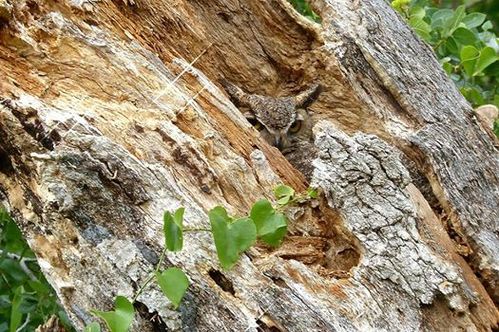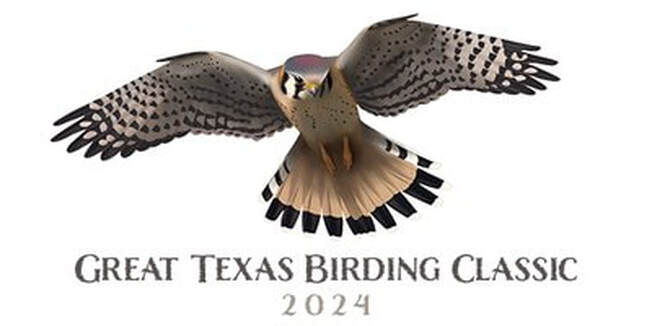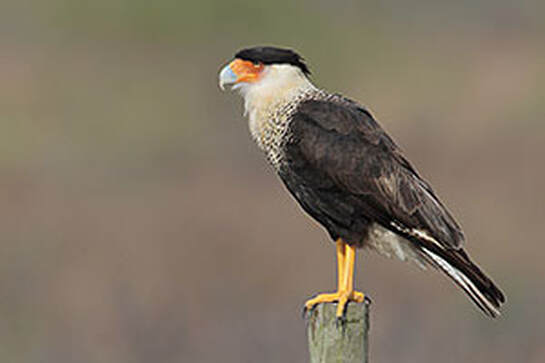Birding
American Bald Eagle:
The Eagles migrate here in the fall and usually have 2-3 eggs in the nest by Thanksgiving which hatch around the first of the year. In just eleven weeks, the eaglets will be grown and they will all leave around the end of March for cooler weather up north.
The Eagles migrate here in the fall and usually have 2-3 eggs in the nest by Thanksgiving which hatch around the first of the year. In just eleven weeks, the eaglets will be grown and they will all leave around the end of March for cooler weather up north.
Osprey: The osprey or more specifically the western osprey, is also called sea hawk, river hawk, and fish hawk. It is a diurnal, fish-eating bird of prey. It is a large raptor, reaching more than 60 cm in length and 180 cm across the wings.
Great Blue Herons are a common sight along the lakes and rivers of the Texas Hill Country. It is fun to watch them fishing, standing completely motionless for minutes at a time while waiting for the right moment to strike.
Crested Caracara: (Caracara cheriway) is one of six species of falcons that call Texas home.
Painted Bunting: These rainbow-colored birds boast a vivid combination of red, blue and green. Painted Buntings typically arrive in Texas in April and May, and inhabit most of the state.
Indigo Bunting: These bright blue birds sing with cheerful gusto from tall perches in weedy fields and shrubby areas near trees. Indigo Buntings arrive in Texas between March and May, and are found in the eastern half of the state.
Vermilion Flycatcher: This distinctive flycatcher is often seen perched low in open areas. It feeds entirely on insects, including beetles, flies, and wasps. Although a few overwinter in Texas, most Vermilion Flycatchers arrive in Texas in March and can be found in central Texas.
American White Pelicans pass through in the Spring and Fall.


This Great Horned Owl has a nest at Reveille Peak Ranch near Lake Buchanan.















